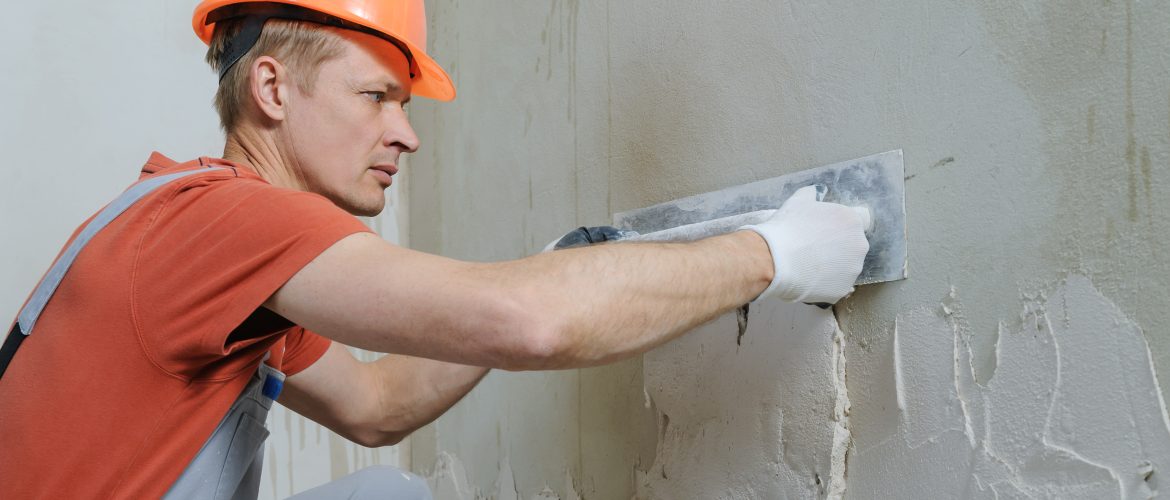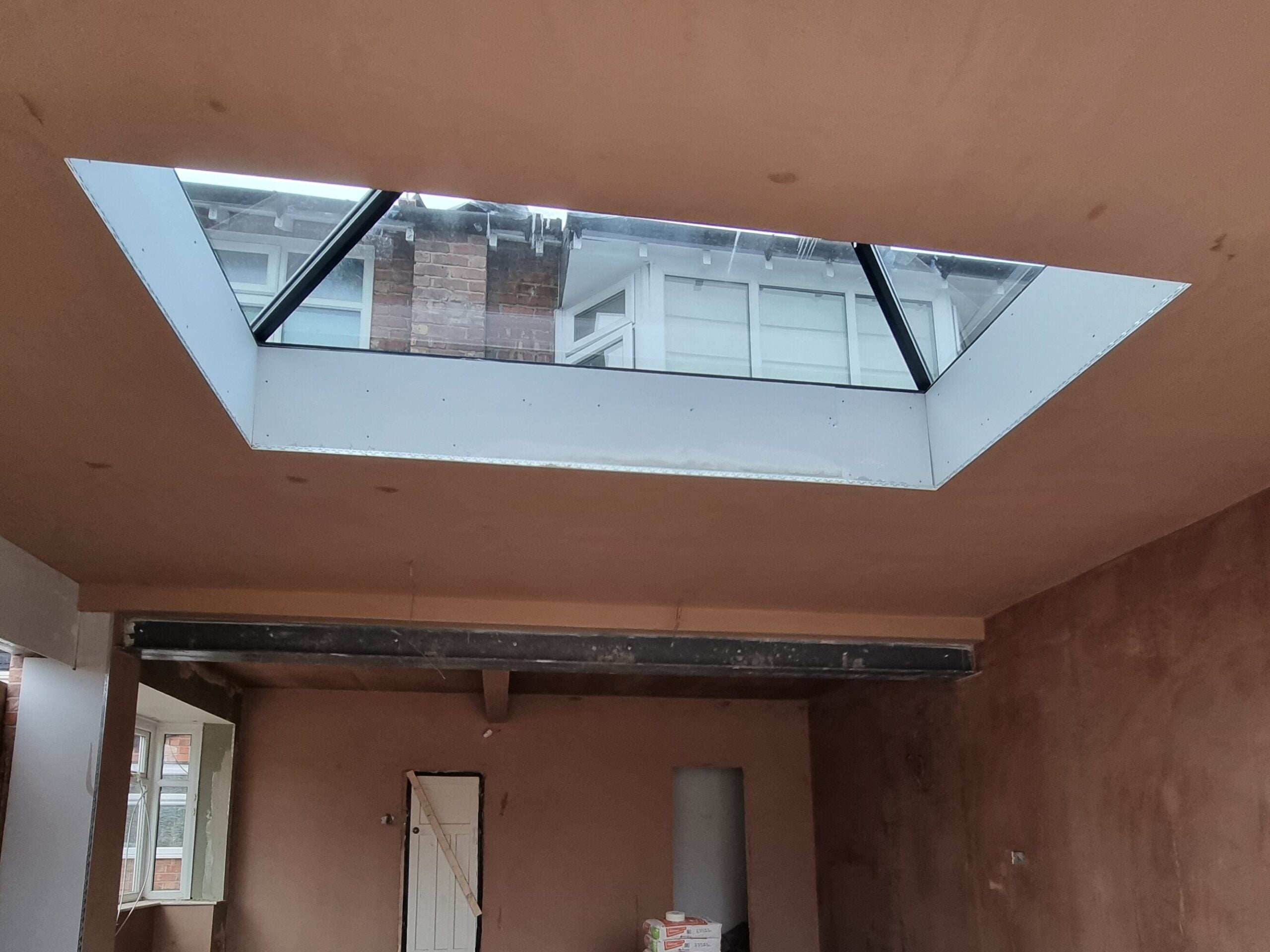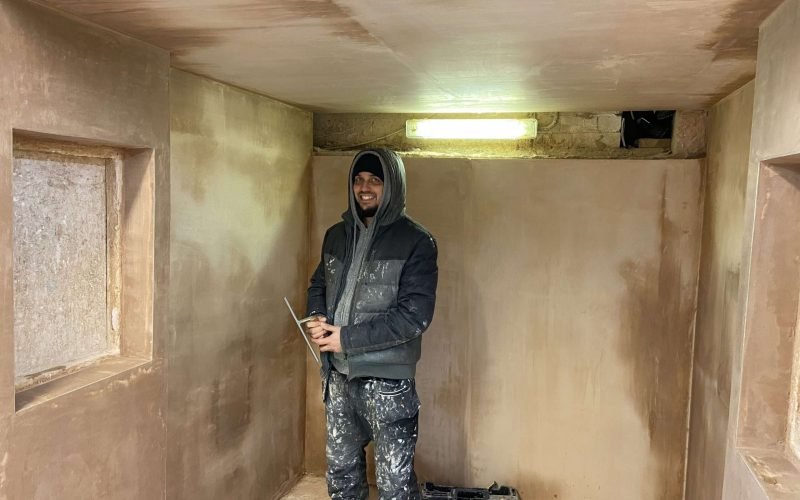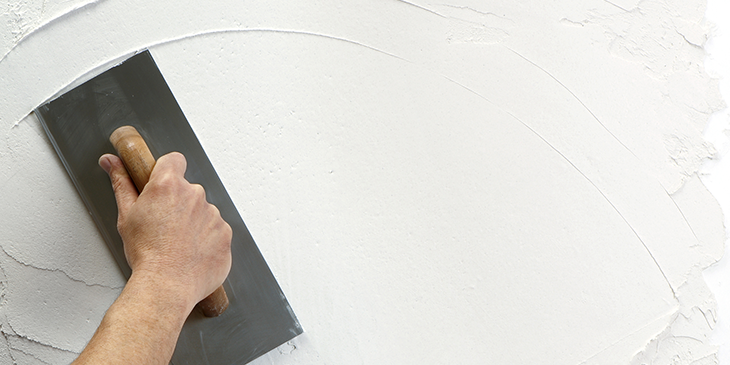Vital Devices and Strategies for Specialist Plastering in the house
Wiki Article
Comprehending the Necessary Techniques of Plastering for Home Improvement Projects
In the realm of home improvement, grasping the vital methods of smudging can dramatically boost both the capability and visual charm of a room. Different techniques exist, each tailored to specific applications, whether for recovering historical honesty or improving interiors. The plastering procedure incorporates critical points, from careful surface preparation to the precise application of products. Comprehending these foundational components is vital, yet lots of property owners neglect usual mistakes that can weaken their efforts. As we discover these methods further, the nuances of achieving a remarkable surface will come to be increasingly evident.Sorts Of Gluing Strategies
Although different gluing techniques exist, each offers a distinct objective and offers distinct visual qualities. Among one of the most typical techniques is traditional lime plastering, which is understood for its breathability and adaptability. This technique is especially helpful for older structures, enabling dampness to escape while maintaining structural honesty.For a much more textured appearance, trowel-on plastering methods such as stucco and Venetian plaster are typically utilized. Stucco, generally made use of in outsides, gives longevity and weather resistance, while Venetian plaster is renowned for its lavish, refined surface.
Furthermore, there are extra specialized strategies, such as skimming, which is a process that entails using a slim layer of plaster over existing surfaces to create a smooth finish. Each of these strategies can drastically influence the overall visual and capability of a room, making it vital to pick the suitable approach based on the particular requirements of a task.

Devices and Products Needed

The hawk serves as a system to hold the plaster, while the trowels, offered in different sizes, are essential for application and smoothing. A float, often made of rubber or sponge, is made use of to accomplish an uniform finish.

Spending in premium tools and products ultimately adds to a more effective plastering task, yielding a long lasting and aesthetically pleasing coating. Correctly equipped, you lay the groundwork for effective gluing and home improvement.
Step-by-Step Plastering Process
With the right devices and materials in hand, the following stage includes executing the gluing procedure with precision. Begin by preparing the surface area to ensure ideal attachment. Remove any kind of loose debris, dirt, or old plaster, and use a bonding agent if necessary.When the surface area is prepped, mix the plaster according to the maker's instructions, accomplishing a smooth, lump-free uniformity. Making use of a trowel, apply the first layer, recognized as the scratch coat, to a density of concerning 5-10 mm. Ensure uniform insurance coverage, and make use of a comb or scratcher to create grooves for much better bond of succeeding layers.
After enabling the scratch layer to establish partly, use the 2nd coat, or the brown coat, smoothing it out for an even surface. Enable this layer to completely dry, typically for 24-48 hours, depending helpful hints upon the conditions. Lastly, use the ending up layer, which should be thinner and smoother. Feather the edges to blend into the surrounding surface, accomplishing a smooth appearance.
When the plaster has dried thoroughly, it can have a peek here be sanded lightly to remove blemishes. Adhere to up with a guide prior to paint for a refined final appearance.
Common Mistakes to Stay Clear Of
Falling short to acknowledge common blunders can substantially impact the top quality of your plastering job. Overlooking to fix any type of underlying issues, such as wetness or structural damage, can jeopardize the plaster's integrity.
Timing is likewise essential; several inexperienced plasterers hurry the application. Permitting the first layer to dry entirely prior to applying succeeding layers is important to stop extreme splitting and contraction.
In addition, not utilizing the right tools can hinder the completing process. Using trowels that are as well large or tiny can impact your control and the smoothness of the finish - Plastering. Last but not least, overlooking environmental problems, such as temperature level and humidity, can cause uneven drying and disappointing results. By bearing in mind see here now these typical challenges, you can enhance the efficiency and durability of your plastering job.
Tips for Finishing Touches
Attaining a flawless coating in plastering calls for focus to information and a couple of critical techniques. When the preliminary application has dried, begin the completing process by making use of a wet sponge or trowel to smooth out any flaws. This step not just improves the surface area but additionally helps to eliminate any kind of excess plaster that might have dried out erratically.Next, consider the usage of a fine-grit sanding block or post sander for an extra polished look. Fining sand must be done gently to prevent damaging the underlying layer - Plastering. Always put on a mask to secure versus dirt breathing
After sanding, examine the surface area under various lights problems to recognize any missed out on spots or variances. Use a thin layer of completing plaster if essential, feathering out the sides to mix perfectly with the surrounding location.
Final Thought
Finally, mastering crucial plastering techniques dramatically enhances the top quality of home enhancement projects. Comprehending the different sorts of smudging approaches, using ideal devices and products, and adhering to a systematic application process add to achieving a smooth and sturdy coating. By preventing common errors and carrying out finishing touches efficiently, the total visual charm and functionality of restored spaces are guaranteed. These practices ultimately bring about effective and gratifying home enhancement results.In the realm of home renovation, understanding the vital methods of gluing can dramatically boost both the functionality and visual appeal of a space.Although numerous plastering methods exist, each serves an unique purpose and provides distinctive aesthetic high qualities. Plastering. For an extra distinctive appearance, trowel-on plastering methods such as stucco and Venetian plaster are often used. Stucco, typically utilized in outsides, provides toughness and weather condition resistance, while Venetian plaster is renowned for its luxurious, sleek finish
Commonly utilized plaster types include gypsum plaster, lime plaster, and cement-based plaster, each offering various objectives and environments.
Report this wiki page